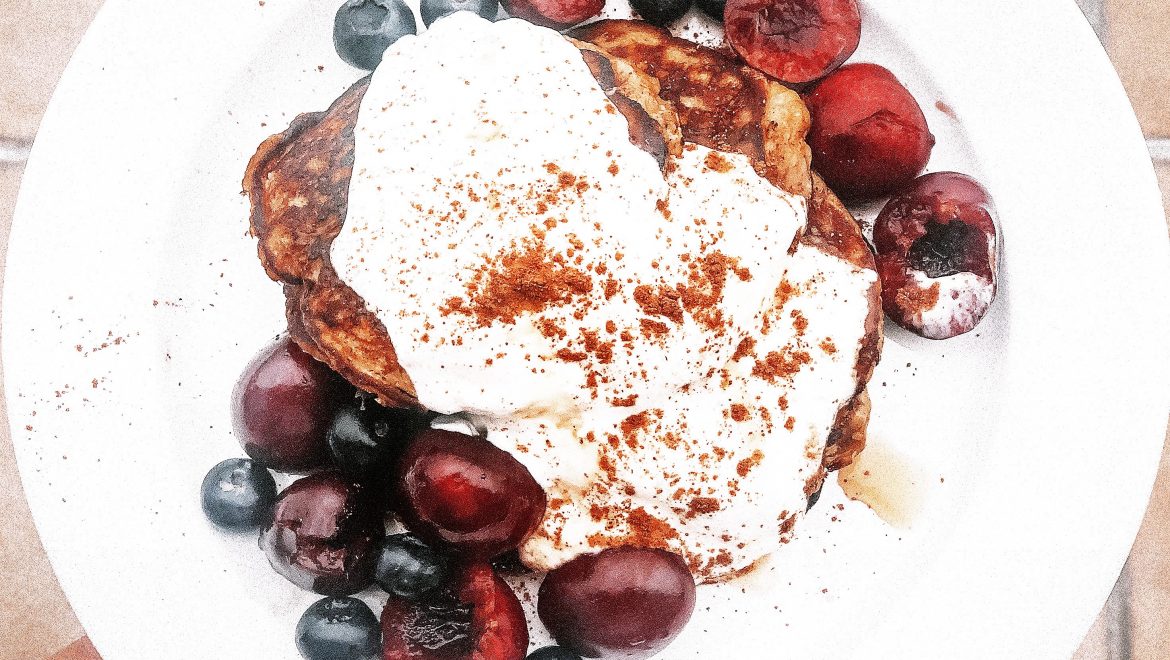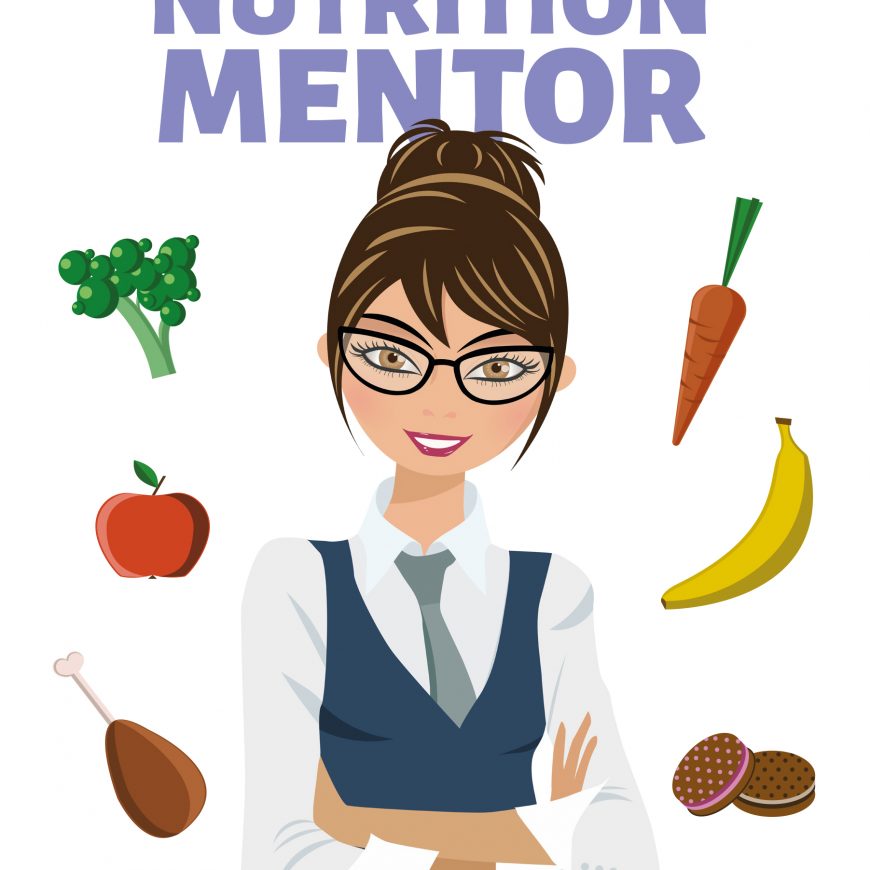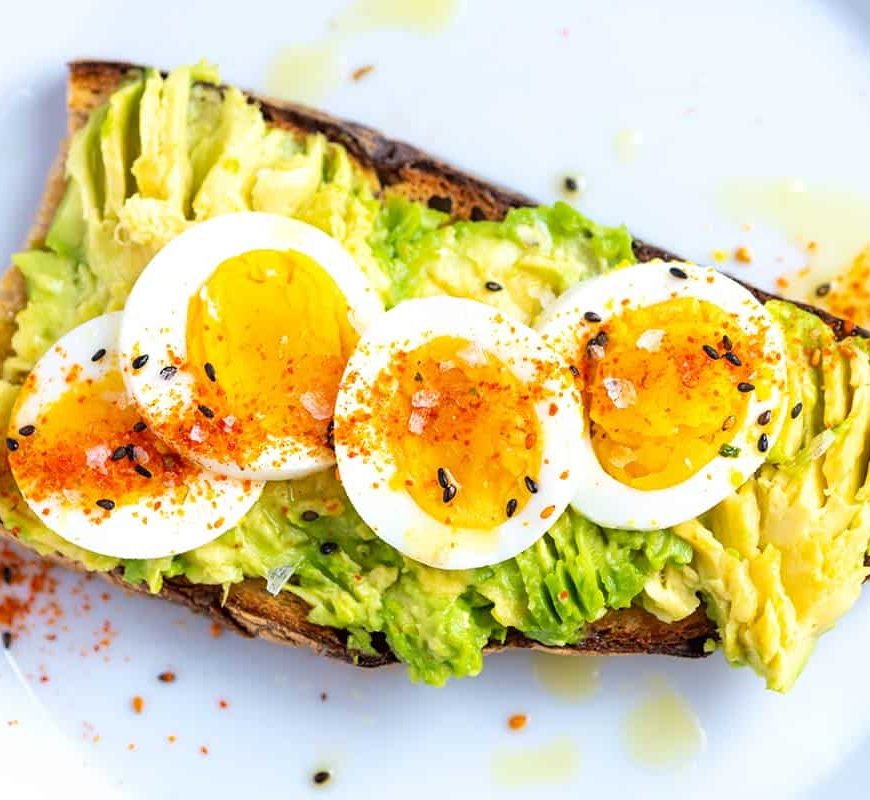This blog is part of the Good, the Bad and the Ugly blog series.
Specific macronutrients aren’t bad (e.g. carbs or fats). It depends on the source and quality.
Provides four calories per gram, the same as carbs.
Protein is not designed as an ‘energy’ source, unlike carbs and fats. Protein has structural and functional purposes in the body, to replace all of our cells which are in a state of constant renewal. However, during times of need, amino acids have our back. They can be converted into glucose as a back-up energy source.
Breaks down into amino acids, ‘building-blocks’. Chains of amino acids link arms together to create proteins. There are 20 distinct amino acids (other sources may say 21 or 22) that form all of the proteins in our body in different combinations.
The number of combinations that can be made from 20 amino acids is 20 X 20 X 20 X 20 X 20 X 20 X 20 X 20 X 20 X 20 X 20 X 20 X 20 X 20 X 20 X 20 X 20 X 20 X 20 X 20 (that is 20 times!).
9 amino acids are considered ‘essential’ in adults which means our body can’t manufacture them from other amino acids, they must be obtained from our diet. 10 are essential in children. These are histidine, isoleucine, leucine, lysine, methionine, phenylalanine, threonine, tryptophan (remember this one – it converts into serotonin then melatonin), and valine. The 10th is arginine which is ‘non-essential’ in adults.
11 amino acids are considered ‘non-essential’ because our body can manufacture them from other amino acids. These are alanine, arginine, asparagine, aspartate, cysteine, glutamate, glutamine (remember this one – it’s a superfood for the gut), glycine, proline, serine, and tyrosine.
Protein is essential for:
Structural:
Functional:
- Hormones e.g. growth hormones, insulin, glucagon (converts glycogen into glucose when we run out of glucose and need more energy)
- Neurotransmitters (brain chemicals) e.g. serotonin, melatonin, dopamine
- Enzymes (catalysts of chemical reactions) – cellular processes and digestion e.g. amylase breaks down carbs, lipase breaks down fat and protease breaks down protein
- Antibodies in the immune system
- Transporters in the blood e.g. lipoproteins comprise of fat (‘lipo’) and protein. High-density lipoprotein (HDL) is ‘good’ cholesterol and low-density lipoprotein (LDL) is ‘bad’ cholesterol
Read all about cholesterol in Cholesterol ~ Lower Naturally
The Good, the Bad and the Ugly Proteins
| Eat Most | Eat Some | Eat Least (or not at all) |
| Eggs
Poultry – chicken, turkey
Seafood – white fish, oily fish, shellfish
Nuts and nut butter – almonds, walnuts, hazelnuts, pecans, cashews, peanuts, pistachios, macadamias, pine nuts, Brazil
Seeds – chia, flax, hemp, sunflower, pumpkin, sesame
Legumes – chickpeas, lentils, peas, beans, edamame, tempeh |
Red meat – beef, lamb, pork, venison, duck, goat
Dairy products – milk, yoghurt, cheese
High-quality protein powder |
Processed meat – commercial sausages, bacon, ham, hot dogs, salami, smoked meats, deli meats, canned meats
Protein bars, cookies and other products with artificial sweeteners |
The RDI of protein for the average person is: your body weight in kg X 0.8-1 = number of grams of protein per day. The easiest way to remember it is one gram of protein per kilogram of body weight e.g. the average 70kg person requires a minimum of 70g of protein per day.
Now this is where people get confused. 100g of chicken breast does not equal 100g of protein. This is because muscle tissue is about 75% water. Chicken breast (and meat) is muscle tissue, it is also about 75% water (depending on the fat content).
A person who has a higher muscle mass and lower body fat, has a higher percentage of water in their body, and vice versa. This is because muscle contains a lot more water than fat. You will have heard the saying “muscle weighs more than fat”.
Sources and their approximate protein content per 100g:
- Chicken breast (skinless) – 31g
- Sirloin steak – 30g (protein depends on fat content)
- Chicken thighs (skinless, boneless) – 26g
- Pork steak – 26g
- White fish – 25g
- Cheddar cheese – 25g (one serve is 40g)
- Peanut butter – 25g (one serve is 30g)
- Almond butter – 21g
- Salmon – 20g
- Tempeh – 20g (yes tempeh has more protein than tofu!)
- Lamb shank – 18g
- Mixed nuts – 15-25g (depending on the nuts)
- Eggs (2) – 12g
- Edamame – 11g
- Greek yoghurt – 10g (more dense than milk)
- Lentils – 9g
- Chickpeas – 8g
- Tofu – 8g
- Baked beans – 4g
- Milk – 3g (one serve is a cup – 250ml)
*Extract from MY NUTRITION MENTOR by Liv Kennedy
Check out the Good, the Bad and the Ugly Carbs & Fats
Who loves Protein Pancakes?!
Your Nutrition Mentor,




